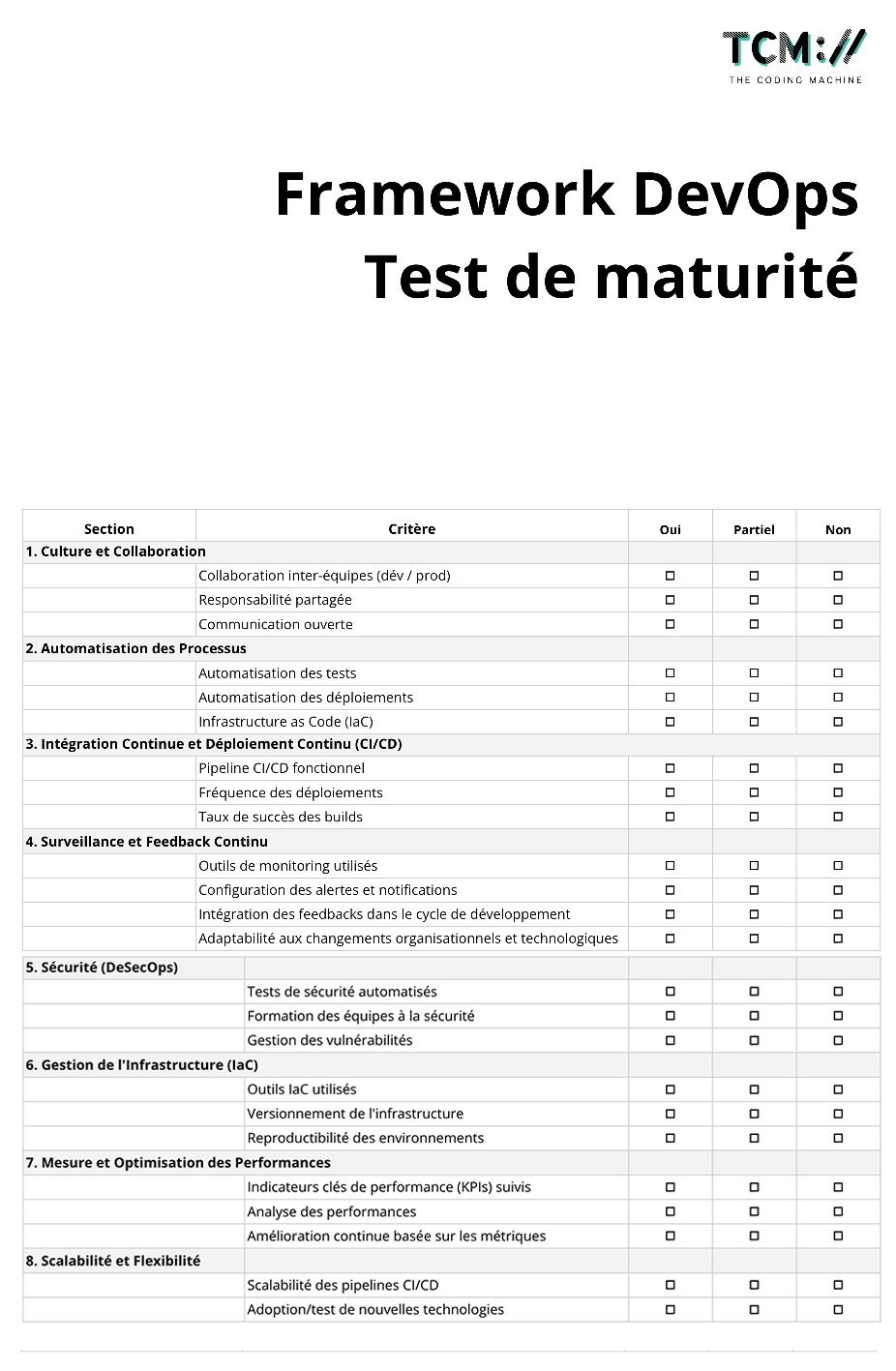Generative Artificial Intelligence: what applications for the enterprise?
Like all new technologies, there’s a lot of talk about generative artificial intelligence. In this article, we’ll try to answer the following question: How can we make the most of generative artificial intelligence in a business context?
A quick reminder of what generative artificial intelligence is… for those who haven’t been following along!
Generative artificial intelligence (generative AI) aims to develop applications capable of generating content autonomously, by imitating or simulating human creative processes. These systems use machine learning models, in particular neural networks, to produce new and original data in the form of text, images, music, video or other media.

What applications can companies imagine?
On the market, we can distinguish two types of company: those whose core business is to offer generative AI (ChatGPT, for example) and, above all, those who use it to improve their offering and competitive positioning without altering their business model.
We’re particularly interested in the second type of company. Here are a few ideas for using generative AI in this context:
- Document generation: if you produce documents for your customers such as reports and analyses, AI can bring you real productivity gains.
- Customer service management: chatbots based on generative AI can offer 24/7 support, answering customer questions, providing product information and helping to solve common problems.
- Personalizing the user experience: generative AI can analyze customer data and create personalized recommendations for products, for example.
Otherwise, AI can be massively used internally for many purposes:
- for operations optimization: supply chain planning, inventory management, scheduling and demand forecasting.
- development generation, by automatically generating parts of source code.
- training content creation
- or predictive analysis and forecasting: generative AI can analyze historical data and create forecasts to help companies make informed planning and strategic decisions.
What are we doing today?
Obviously, we’re developing projects involving artificial intelligence. For example, we recently developed a business application in which the user uploads documents so that they are automatically checked and analyzed, with the aim of extracting information to avoid re-entering them. In an account statement, for example, the application verifies that the account holder corresponds to the user, and then automatically retrieves the account number.
Another example of a project carried out for a customer in Hong Kong, the development of an application to generate a technical audit for buildings automatically from data and comments entered by the user.
But it’s internally that artificial intelligence is even more interesting. We’re already getting a lot out of it:
- Create content ideas and write that content much more quickly (would you be able to guess which sentences in this article were generated by AI?). Of course, the generated content won’t be perfect, so it needs to be re-read and adjusted, but it provides a starting point that is generally of good quality.
- Assisting our teams during the design phase of our customers’ business applications, for example by generating workshop reports, analyzing product data models, and so on.
- When it comes to development, new recruits no longer use Stackoverflow to look for solutions to their technical problems. Instead, they use ChatGPT! It may not sound like much, but it’s a fundamental change in the way information is sought.
And, hopefully, unit tests and even functional tests will soon be generated (because that will change our lives).
Conclusion
We’re still a long way from being able to generate an application, even if enormous progress has been made. NoCode, about which we wrote an article last year, coupled with generative artificial intelligence, could make tomorrow’s web… to be continued!


















